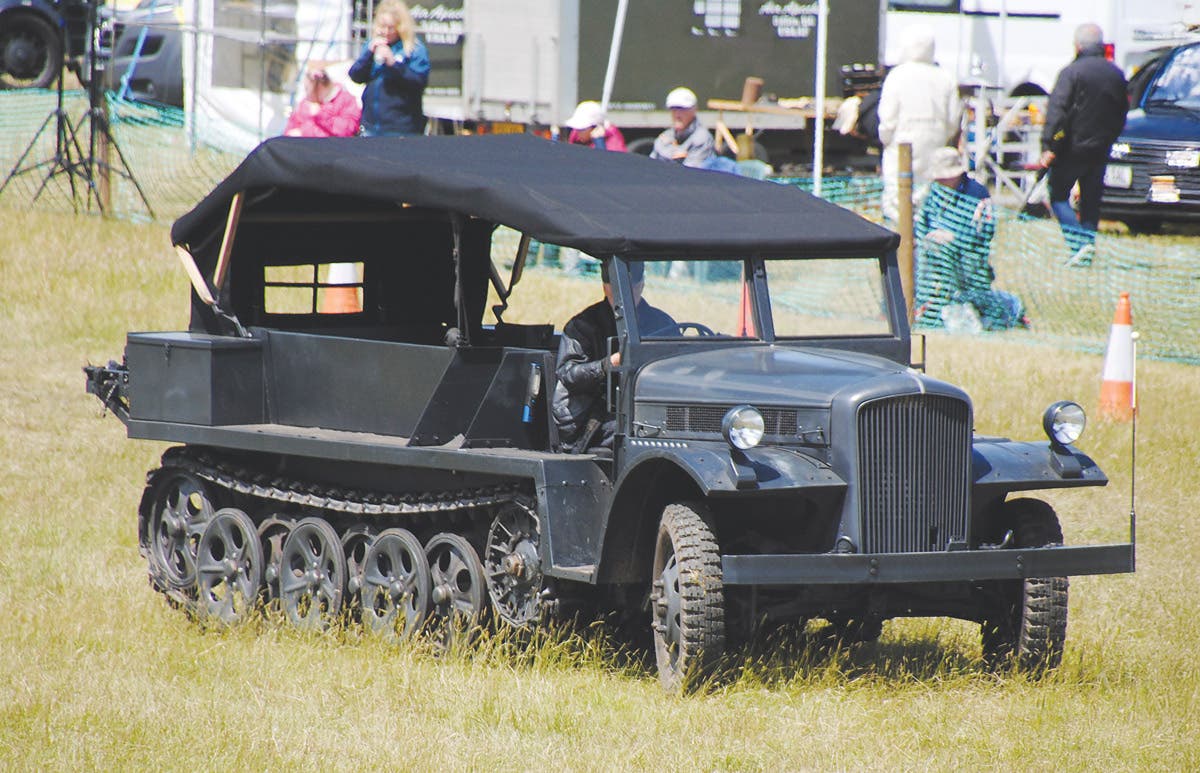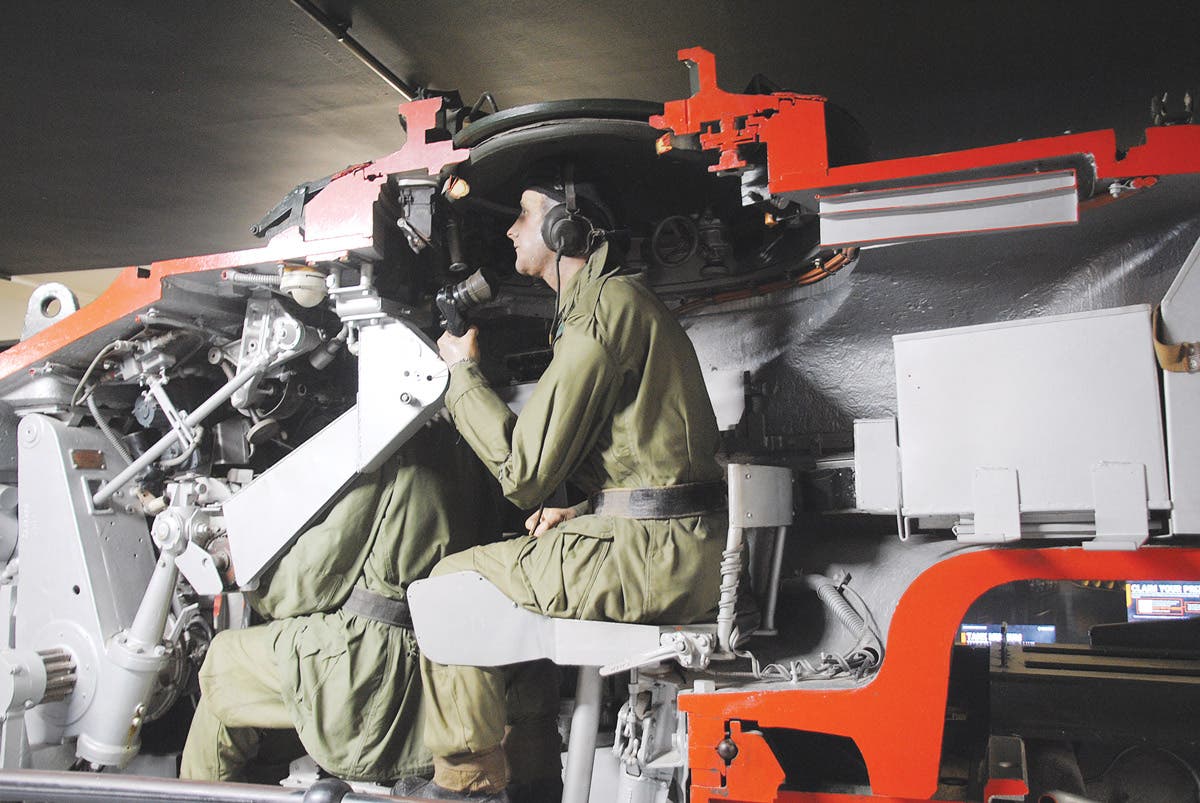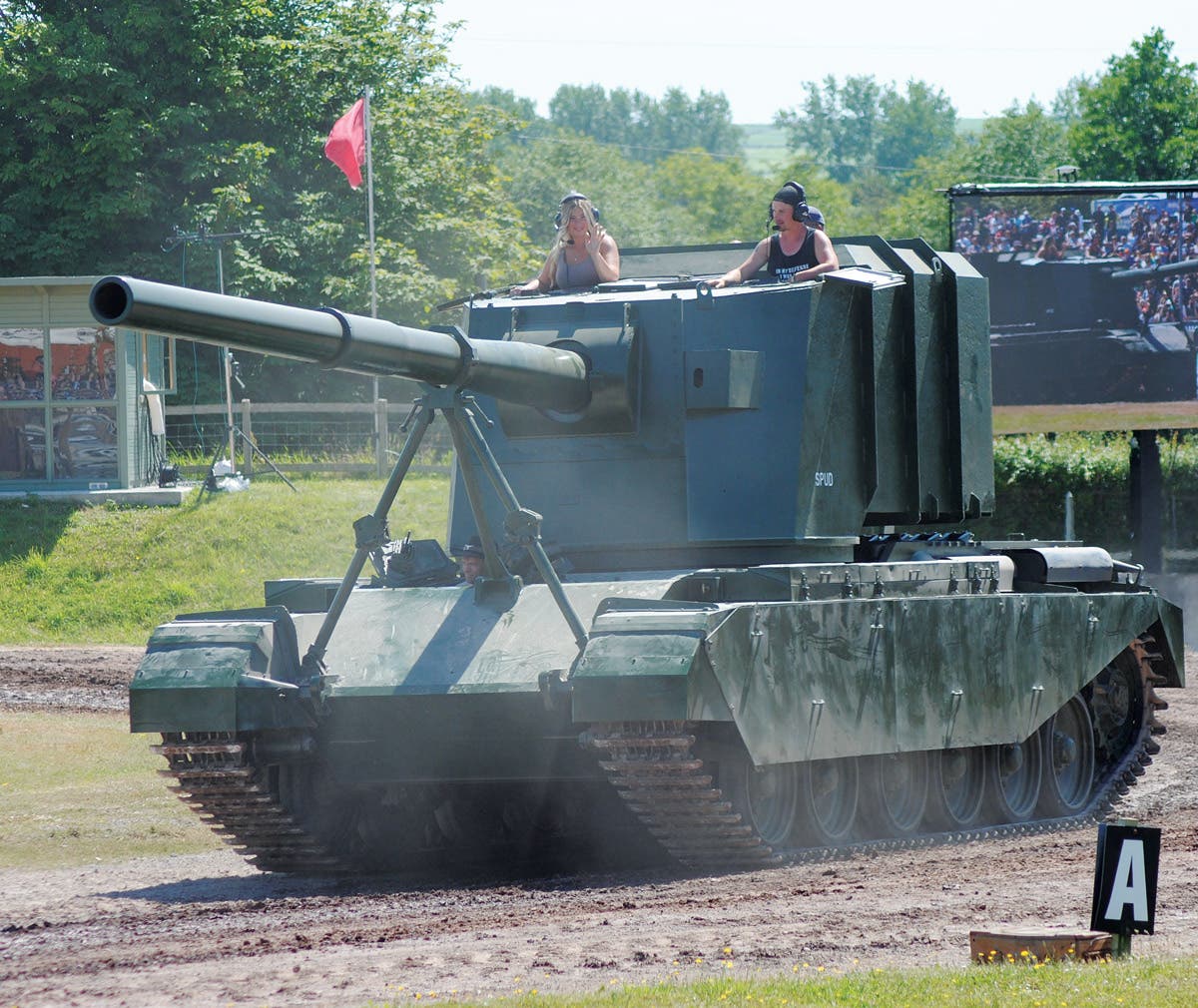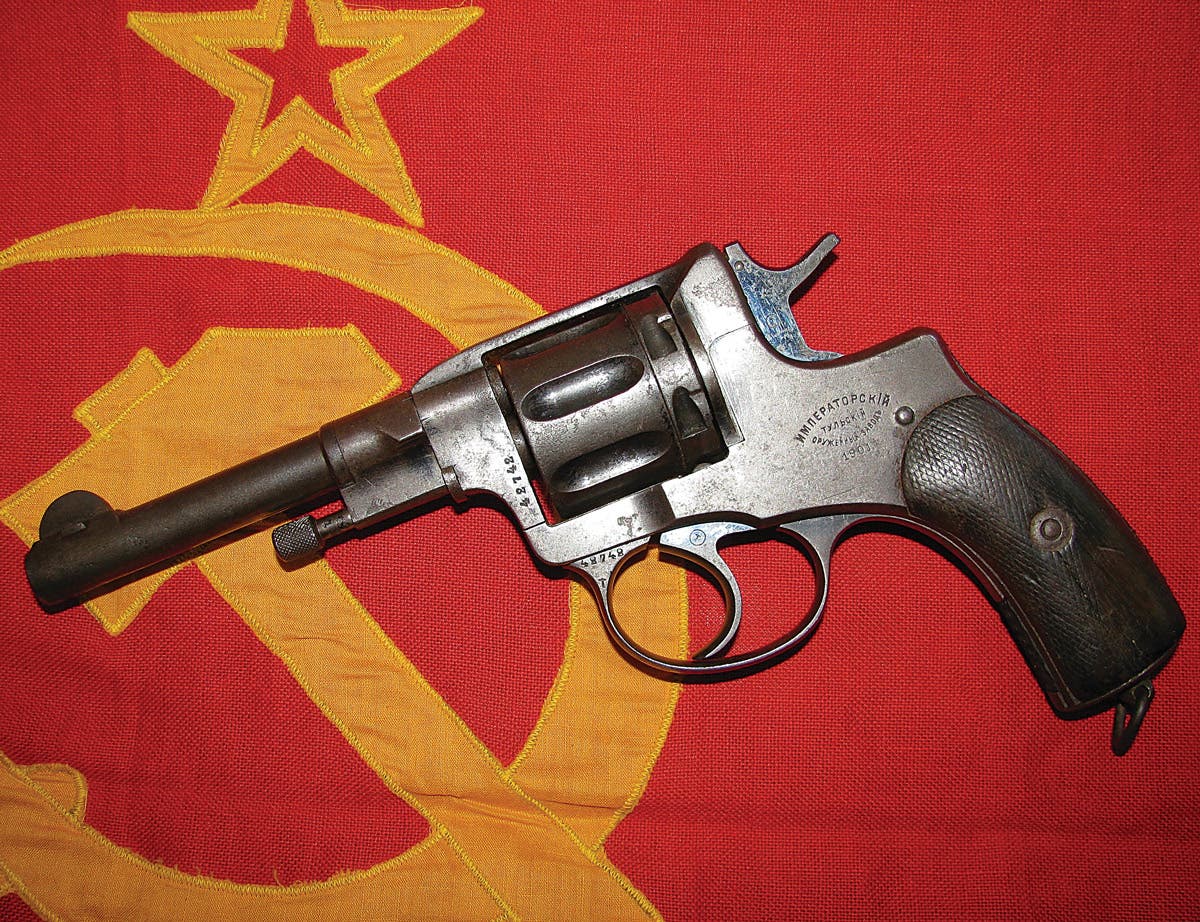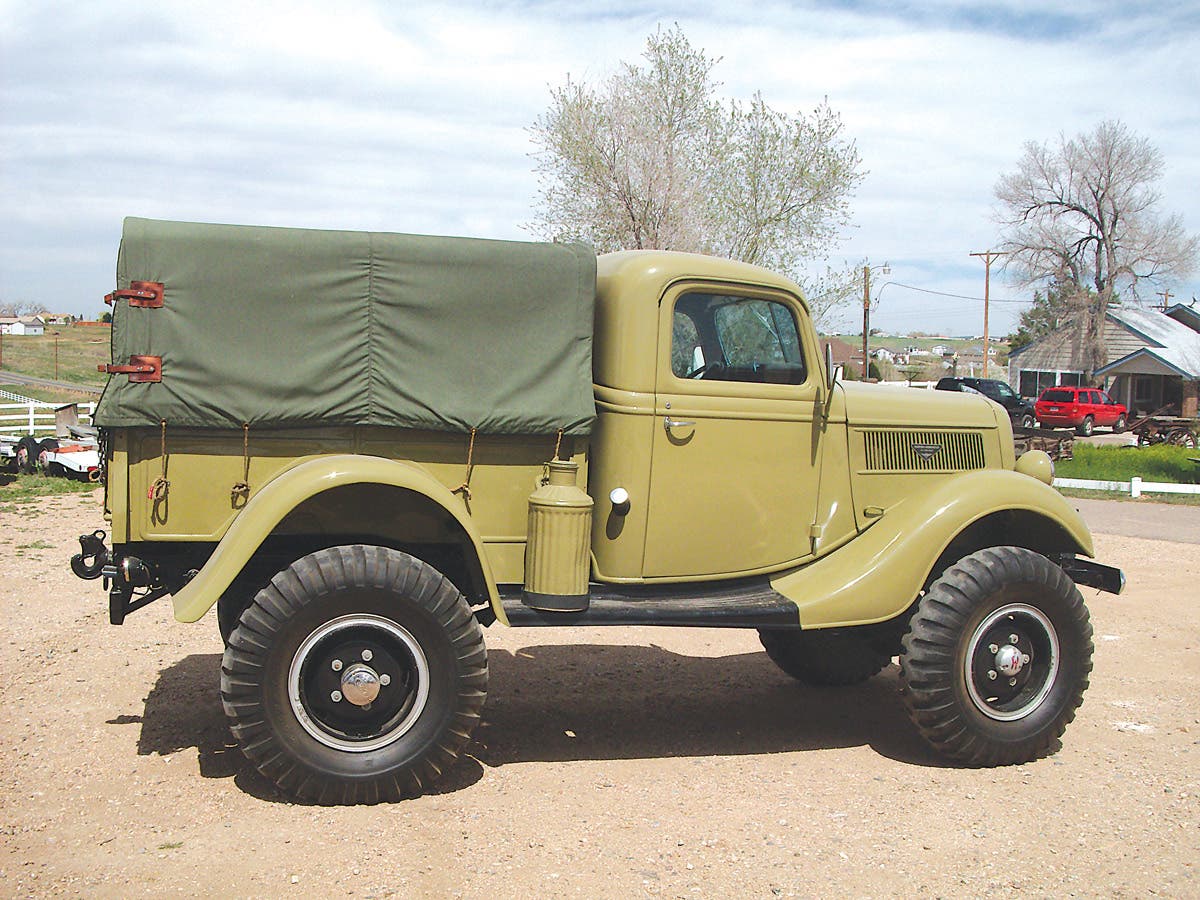Fifty Years of ‘The Deuce’
What’s Next for Military Vehicle Fans? The venerable M35 had been a permanent fixture in the United States’ military service for more than 50 years, when, in 2011, the last…
What’s Next for Military Vehicle Fans?
The venerable M35 had been a permanent fixture in the United States’ military service for more than 50 years, when, in 2011, the last one had been removed from service. During that half century, thousands of “deuce-and-a-halfs” were built, deployed, served and then, in an uninterrupted stream, entered the surplus market. That is, until recently.
FIFTY YEARS OF “THE DEUCE”
The M35 started out in 1949 as an REO Motor Car Company design as a 2-1/2-ton, three-axle, all-wheel-drive off-road truck. The first vehicle in the family, the M34, was quickly superseded in military usage by the M35 (the major difference being the M35’s 10-tire configuration versus the M34’s 6-tire configuration). The truck quickly became known to many as the “deuce and a half.”
Although the M35A2 version is, by far, the most common, there are four different versions: The M35, M35A1, M35A2, and M35A3. Model changes mainly had to do with the engine and transmission components.
The standard M35 had a REO “Gold Comet” Continental OA331 inline-six cylinder gasoline engine. Some had 4-speed transmissions, but most had “direct 5th” transmissions.
REO Motors were the main builders of the gasoline-powered deuces. Studebaker also had a manufacturing contract from at least 1951 up into the early 1960s. Curtis-Wright also had a contract in 1958 to build dump trucks with the Continental gas engine.
The M35A1s had Continental LDS-427-2 turbo engines. The turbos were either the Model 4-450 Schwitzer or the 4D454C Schwitzer (on later models). Fifth gear on M35A1s was an overdrive gear.
The first M35A2 trucks carried the larger, naturally aspirated LD-465- 478 cu.in. multifuel engines coupled to the same transmissions used in M35A1s. Through the years, the trucks were upgraded to LD 465-1C engines, with 60-amp alternator instead of the 25-amp generator. With the addition of a turbo, this engine evolved into the LDT 465-1c (turbo clean air). Turbo models were either the 3LD305 (early engines only) and 3LJ319 (the "whistler") The LDT-465-1D was the last version of the Multifuel engine. It came with one of two turbos: The 3LJ319 Turbo (whistler) or the quieter 3LM39 (non-whistler).
Finally, in 1994, the M35A3 variant was introduced as part of Extended Service Program. Generally, each M35A3 had a Caterpillar 3116 Diesel engine coupled with an automatic transmission. No new M35A3s were produced with a standard transmission. Earlier model deuces were often upgraded to this new configuration until all production ceased in 1999.
END OF AN ERA
The M35-series trucks had been sold as surplus for decades as new M35s replaced older models. The end to the easy flow of trucks, however, was imminent.
Even though the active U.S. military began to divest itself of M35s in 1999 in favor of the Family of Medium Tactical Vehicles (FMTV), it took more than a decade before all were withdrawn from active service. During this time, National Guard and Reserve units also underwent a phase-out of M35s. Finally, in 2011, the Army announced they had successfully replaced all of its M35-series 2-1/2-ton trucks. As of last year, the military had divested itself of the M809 5-ton series as well.
IMPACT TO THE HOBBY?
For more than half a century, surplus-sold M35s have been an inexpensive choice for military vehicle collectors, people or organizations looking for off-road operation-capable vehicles and for companies that required heavy, dependable trucks. Surplus vehicles have been retained in their military configurations, adapted by farmers, rural electric utilities and fire departments or modified to suit the needs and aesthetics of private owners. The “deuce” had become a common sight in civilian hands.
Many may have noticed a slow-down in the appearance of 2-1/2-ton trucks on surplus auctions during the past couple of years. At the same time, the flow of 5-ton trucks at surplus sales increased (as the Army began the replacement of M809- and M939-series trucks). About six months ago, that trickle of deuces all but disappeared. The last of the surplus deuces became a reality.
How will this affect the hobby? The M35 deuce is probably the third most common vehicle in military vehicle collectors’ hands (behind the WWII Jeep and the M37 ¾-ton truck). For years, it was the best buy in the hobby. For less than $5,000, a person could buy a six-wheel drive vehicle that was instantly recognizable as a former military vehicle and was an indescribable pleasure to drive.
The impact on the hobby will be apparent: The supply has dwindled. The demand, however, will remain about constant, though increasing interest in Vietnam and Cold War-era vehicles will drive it up a bit. Prices for M35-series trucks will begin to inch up.
Though the supply has dwindled, it has been replaced. Surplus sales of 2-1/2- and 5-ton FMTVs have already released vehicles into our hobby. In addition, a lot of people who would have been potential surplus deuce buyers, have begun bidding on 5-ton trucks. These alternatives will keep M35 prices from climbing too high for the foreseeable future.
Will the Deuce disappear from historic military vehicle events? NOT LIKELY! The good ol’ M35 served the U.S. military for more than 50 years. Countless soldiers, Marines, Air Force personnel and even sailors (not to mention all the other service men and women) have fond memories of these majestic 6x6 trucks. Deuces will remain a favorite truck to restore, modify, drive and display for many years to come.
Long live the Deuce! You served our military well. Now, we restore, drive and display you to preserve your magnificent history.
Keep ‘em rolling,
John Adams-Graf
Editor, Military Vehicles Magazine and Military Trader
John Adams-Graf ("JAG" to most) is the editor of Military Trader and Military Vehicles Magazine. He has been a military collector for his entire life. The son of a WWII veteran, his writings carry many lessons from the Greatest Generation. JAG has authored several books, including multiple editions of Warman's WWII Collectibles, Civil War Collectibles, and the Standard Catalog of Civil War Firearms. He is a passionate shooter, wood-splitter, kayaker, and WWI AEF Tank Corps collector.




